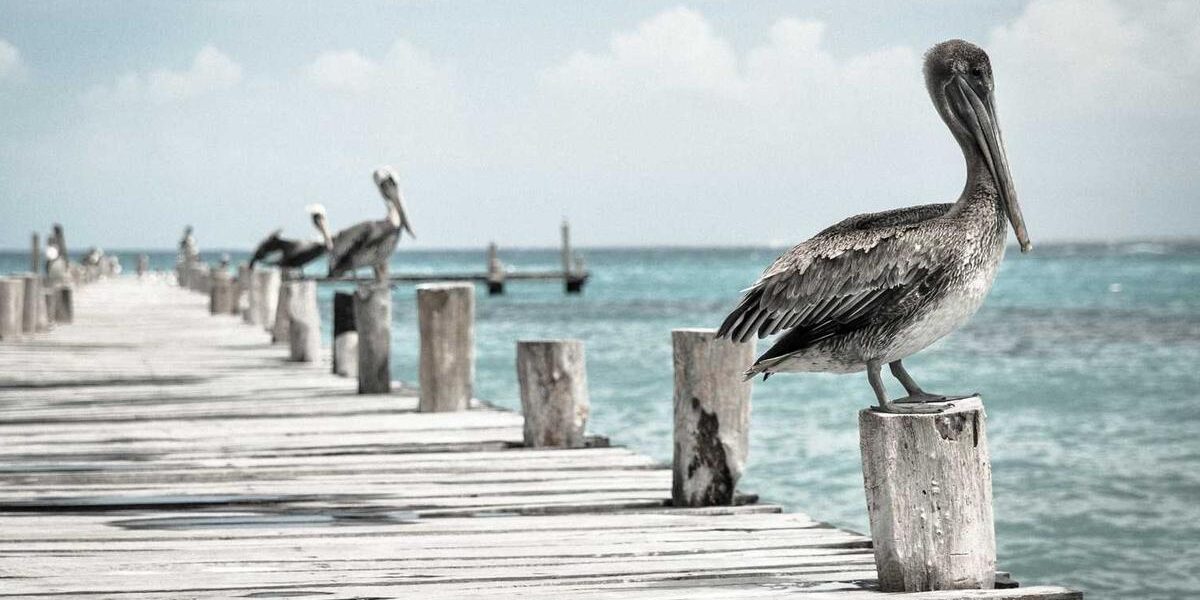Discovering Public Fishing Spots Near You
Fishing offers a unique way to connect with nature, relax, and enjoy time outdoors. Whether you’re a seasoned angler or a beginner, finding the perfect spot can make all the difference. Fortunately, most areas have a variety of public fishing spots that cater to different skill levels and preferences.
Types of Fishing Locations
Public fishing spots generally fall into several categories. Each type of spot offers different experiences and fish species. Understanding the options can help you choose the best location for your outing.
Lakes and Reservoirs
Lakes and reservoirs are among the most common places for public fishing. They often have easy access and are well-stocked with fish. Many are managed by local, state, or national parks. Common species include bass, perch, and trout. Some lakes also offer amenities like picnic areas, camping, and rental boats.
Rivers and Streams
For those who enjoy the challenge of moving waters, rivers and streams provide an ideal setting. These spots require different skills and gear compared to still-water fishing. Many rivers have trout or salmon during specific seasons. Streams are perfect for fly fishing enthusiasts. Accessibility can vary, so ensure you check local rules and access points.
Ponds
Public parks often feature ponds perfect for a quick fishing outing. They are typically small and can be fished from shore. Ponds usually host smaller fish species such as sunfish or catfish. Ideal for spending a few hours with family, they often come with park amenities like walking trails and playgrounds.
Coastlines
If you’re near the ocean, public beaches and piers make excellent fishing spots. Saltwater fishing attracts those looking to catch bigger game like mackerel, striped bass, or even the occasional shark. Coastal spots may require a different permit, so check local regulations.
Finding Public Fishing Spots
The internet has made finding local fishing spots easier than ever. Several resources can help you locate the best areas near you.
- State Fish and Wildlife Websites: Most states offer online resources that include maps and information on fishing spots.
- Mobile Apps: Applications like Fishbrain and iAngler provide interactive maps and user reviews of fishing locations.
- Social Media Groups: Join local fishing groups on platforms like Facebook for recommendations and spot updates.
- Fishing Tackle Shops: Staff are often knowledgeable about local spots and conditions.
Understanding Regulations
Fishing regulations vary by location, so it’s essential to be informed before heading out. Wildlife agencies manage fish populations, and adhering to rules helps sustain fishery resources.
Always check whether you need a fishing license. Most places require adult anglers to have a license, although there may be exceptions for children or specific free days. Licenses can often be purchased online or at local shops.
Be aware of size and bag limits. These rules specify the maximum size and number of fish you can catch and keep. Catch and release policies are also common in some areas. Lastly, watch for seasonal and area restrictions. Some spots have specific fishing seasons or closed areas to protect fish during spawning.
Gear and Preparation
Having the right gear is crucial for a successful fishing trip. Basic equipment includes a fishing rod, reel, line, hooks, and bait. Choose gear based on the type of fishing you plan to do and the species you aim to catch.
If you’re fishing in a lake or reservoir, a versatile rod and reel combination is usually sufficient. For rivers and streams, a fly rod may be more appropriate. Coastal fishing may require heavier gear to handle larger fish and stronger waves.
Don’t forget essentials like a tackle box, pliers for removing hooks, and a cooler for keeping catches fresh. Sunscreen, insect repellent, and a first aid kit ensure a comfortable and safe experience.
Fishing Techniques
Understanding different fishing techniques can enhance your experience and increase your catch. Adapt your methods to the location and species you target.
Still Fishing: A simple and effective technique suitable for beginners. Cast your line and wait for the fish to bite. Perfect for ponds and lakes.
Fly Fishing: Ideal for streams and rivers. This technique involves casting lightweight artificial flies that mimic natural prey.
Spin Casting: Utilizes a spinning reel for better accuracy and easier casting. Effective for various water bodies.
Trolling: Mainly used for lakes and large rivers. Involves dragging bait or lures behind a slow-moving boat.
Conservation and Etiquette
Responsible fishing ensures future generations can enjoy the sport. Practice catch and release when necessary, and handle fish gently to minimize harm. Always clean up after yourself. Leave no trash behind and protect the natural habitat.
Follow Leave No Trace principles. Pick up any litter you see and respect the privacy of others. If fishing becomes crowded, seek alternative spots to maintain the tranquility of the environment.
